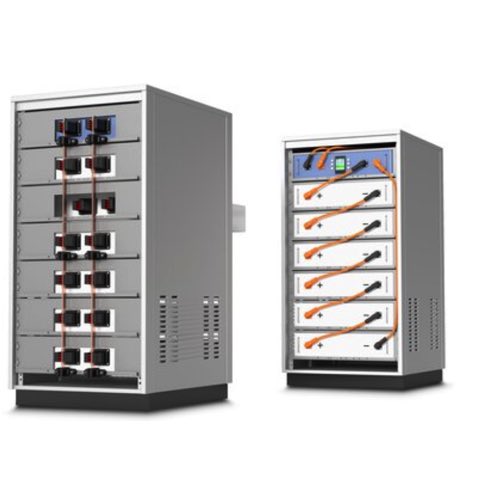Energy Storage Connectors

Energy storage connectors are critical components in modern power systems, enabling reliable electrical connections between battery modules, energy storage devices, renewable energy sources, and the power grid. RSP Supply offers a comprehensive selection of energy storage connectors engineered to handle high current and voltage requirements while maintaining safe, stable connections in demanding operating conditions. These connectors are commonly used in battery energy storage systems (BESS), solar and wind power installations, and grid-support applications.
Designed for durability and electrical performance, energy storage connectors support efficient power transfer across a wide range of environmental conditions. Many models are built to withstand temperature extremes, vibration, and outdoor exposure, ensuring consistent operation in both stationary and mobile energy systems. Secure connection technology helps minimize power loss while maintaining mechanical stability throughout the life of the system.
Safety is a primary consideration in energy storage connector design. Features such as reverse polarity protection, keyed interfaces, and secure locking mechanisms help prevent incorrect connections that could result in equipment damage or safety hazards. These design elements make battery pole connectors and energy storage connectors a dependable solution for integrating energy storage systems into renewable power infrastructure and grid-connected environments.
More Information about Energy Storage Connectors
Renewable energy solutions rely heavily on the performance and reliability of energy storage connectors. These devices play a crucial part in the safe and durable connections necessary to make battery storage systems work and to make those systems a part of the growing renewable energy landscape. Energy storage connectors are components in the conversion to sustainable power. They might not be the first things that come to mind when someone is asked what they know about power generation, but they are steps along the road to energy independence.
FAQs
Q: What are energy storage connectors used for?
Energy storage connectors are used to safely and efficiently connect battery modules, energy storage systems, renewable energy sources, and power grids in high-current and high-voltage applications.
Q: Why is reverse polarity protection important in battery connectors?
Reverse polarity protection helps prevent incorrect battery connections, which can lead to equipment damage, electrical faults, or safety hazards such as overheating or fire.
Q: What environments are energy storage connectors designed for?
Energy storage connectors are designed to operate in a wide range of environments, including indoor installations, outdoor renewable energy systems, and industrial settings with exposure to temperature changes and environmental stress.
Q: What types of connectors allow for quick and safe energy storage installation?
Quick-connect terminals, battery pole connectors, and plug-and-play energy storage connectors support fast, safe, and cost-effective installation of energy storage systems.
Q: Are energy storage connectors suitable for renewable energy systems?
Yes, energy storage connectors are commonly used in solar, wind, and other renewable energy applications where reliable battery integration and power transfer are required.
Why Buy Energy Storage Connectors for Efficient Power Systems from RSP Supply
RSP Supply offers a wide range of energy storage connectors selected for performance, safety, and compatibility with modern power systems. Our products support reliable integration of battery storage, renewable energy sources, and grid-connected infrastructure. Customers rely on RSP Supply for knowledgeable support, dependable industrial components, and solutions designed to meet the demands of evolving energy storage applications.

